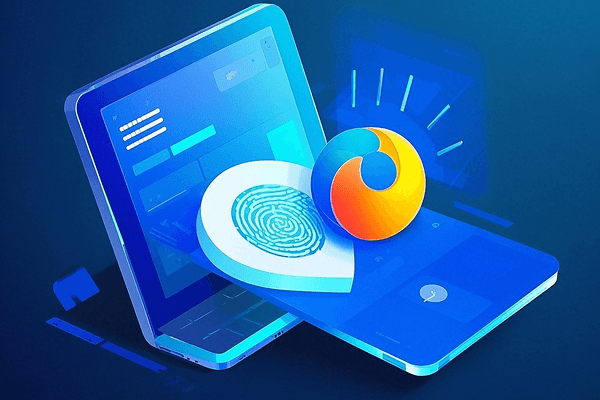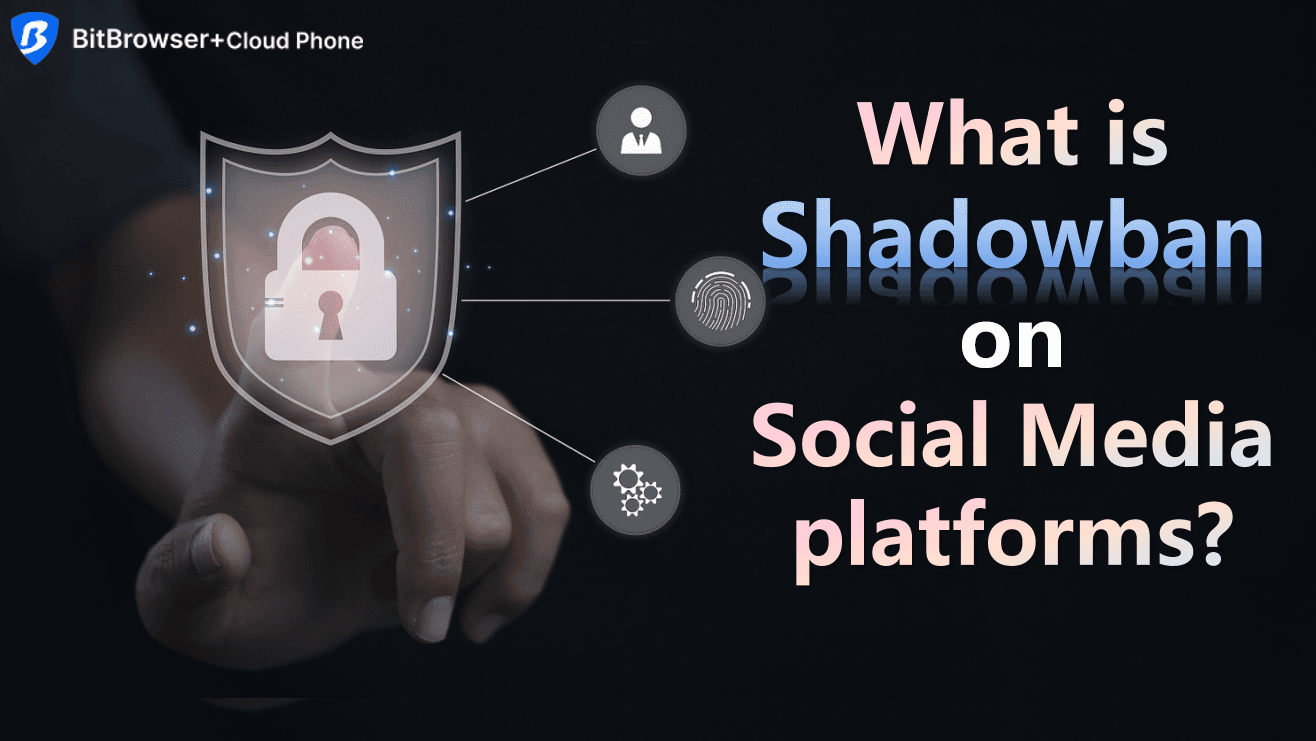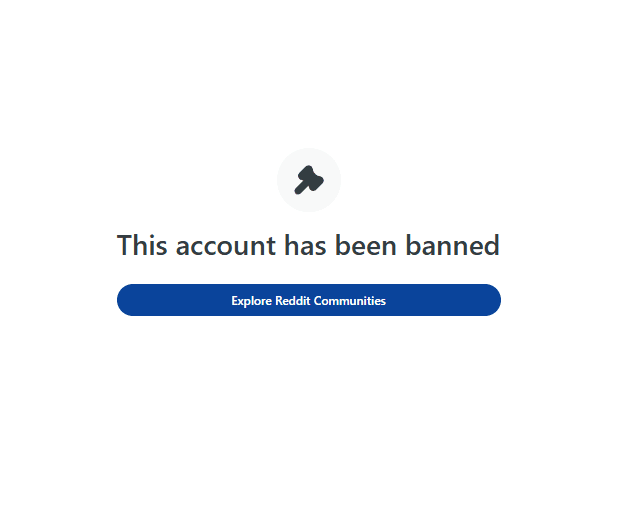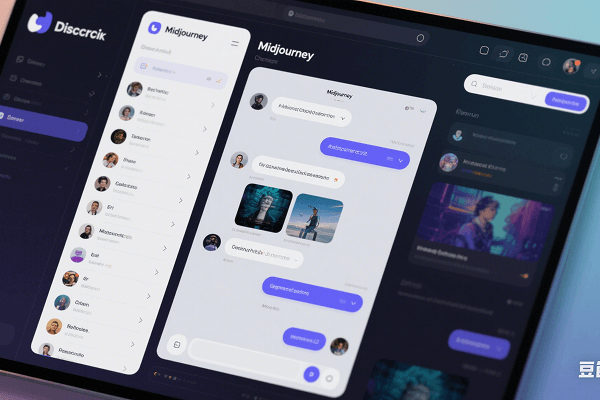


What is Shadowban on Social Media platforms?
 2025.11.04 07:33
2025.11.04 07:331. What is a Shadowban?

A shadowban, also referred to as a "stealth ban" or "silent ban," is a content moderation strategy employed by social media platforms. Unlike directly deleting content or suspending an account with user notification, a shadowban makes a user's content appear normally published on the surface, but the system actually restricts its reach, making it nearly invisible to others.
The key point is: the user themselves remains unaware of the restriction, and the platform does not issue any official notice.
For instance, economist Peter Schiff publicly claimed in October 2025 that his YouTube channel had been shadowbanned for several years. His backend data showed that only about 11% of his video traffic came from the platform's "Recommendations" and "Search," whereas he believed this figure typically ranges between 35% and 50% for ordinary channels. This suggests that the platform's algorithm might indeed be limiting content recommendation without notification.

2. Primary Manifestations of a Shadowban
When your account or content is shadowbanned, you might notice the following phenomena:
• Drastic Drop in Engagement: Likes, comments, shares/reposts, and view counts for your posts, tweets, or videos suddenly become very low, or even zero.
• Disappearance from Search: Your username or commonly used hashtags cannot be found via search; your content does not appear in relevant topic feeds or search results.
• Absence from Followers' Feeds: Even if your followers follow you, your new content may not appear in their feeds.
• Replies to Others Are Invisible: Your comments on others' content are visible only to you and the person you replied to, but not to other users.
• Profile Becomes Inaccessible: On some platforms, your profile page might be hidden from logged-out users or non-followers.
For users, it feels like "speaking into the void" or "being muted."
3. Why Do Platforms Use Shadowbanning?
Platforms typically do not openly admit to using the term "shadowban," but they might refer to it as "reducing content visibility" or "limiting content distribution." Its main purposes include:
• Combating Spam and Bots: This was the original intent. By limiting the reach of spam accounts without outright banning them (which would make spammers immediately aware and create new accounts), platforms can more effectively study and counter spam patterns.
• Containing Rule-Borderline Content: For content that toes the line of community rules (e.g., hate speech, harassment, misinformation), platforms may deem it unworthy of broad distribution but not severe enough to warrant outright deletion.
• Maintaining Community Experience: By limiting the spread of undesirable or low-quality content, platforms aim to create a cleaner, more relevant information environment for the majority of users.
• Avoiding Direct Confrontation: Direct bans or content removal can trigger user backlash and public relations pressure. Shadowbanning is a more "gentle" approach that reduces direct conflict with users.
4. Common Reasons for Being Shadowbanned
Behavioral Patterns
• Abnormal Activity: Liking, following, commenting, or posting content at a very high frequency within a short period.
• Abuse of Automation Tools: Using bots or scripts to artificially inflate engagement.
Content Issues
• Violation of Community Guidelines: Content involving hate speech, violence, bullying, promotion of dangerous acts, or adult content.
• Spam: Posting repetitive, irrelevant content or excessively using hashtags.
• Copyright Risks: Using unauthorized music, images, or videos.
Account and Environment
• Suspicious Network Environment: Frequently switching IP addresses, using unstable proxies (especially low-quality public proxies).
• Account Association Risks: Multiple accounts being logged into and managed from the same device or IP address, flagged by the platform as a "risky device."
• Mass Reporting: An account being frequently reported by other users may also trigger the platform's automated detection systems.
5. Practices on Major Social Media Platforms
• Twitter / X: Has explicitly stated it uses a strategy called "Visibility Filtering" to limit the reach of certain tweets and accounts. This is an officially acknowledged form of shadowbanning.
• Instagram: Restricts recommendation traffic for certain posts or accounts, preventing them from appearing on the "Explore" page or in the feeds of non-followers. Accounts may also experience "throttling" due to violations.
• TikTok: If content is deemed in violation of guidelines or unsuitable for recommendation, the system prevents it from entering the "For You" feed. Users receive a notification that their content is "not eligible for recommendation," which can be seen as a semi-transparent shadowban.
• Reddit: The "shadowban" is a very specific type of account restriction. Your account appears normal to you – you can post and comment – but all content is visible only to you. Other users cannot see it, effectively making the account "invisible."
• Platforms like Facebook and YouTube also have similar mechanisms that demote certain content in feeds and search results.
6. How to Determine if You Are Shadowbanned?
Since there is no official notification, it's challenging to confirm, but you can try the following methods:
• Check with Another Account: Use a secondary account (or ask a friend) to log in, search for your username, and check your profile to see if your latest content appears.

• Test Hashtags: Post using a less popular/niche hashtag. Then search for that hashtag from another account to see if your post appears in the results.
• Analyze Data: Monitor for abnormal, sharp drops in likes, comments, and views on your posts, particularly engagement from non-followers dropping to nearly zero.
• Review Your Actions: Reflect on whether you have violated community rules or performed bot-like actions such as excessive following, liking, or posting in a short time frame.
7. Strategies for Dealing with a Shadowban
• Pause and Review: Immediately stop posting content for a few days. Review and delete any posts that might be violations.
• Official Appeal: If you are confident you haven't violated any rules, you can submit an appeal through the platform's official channels.
• Optimize Behavior: Avoid bot-like behavior such as frequent following/liking. Ensure your account is verified with a phone number and email address to increase trustworthiness.
• Stabilize Network Environment: If managing cross-border accounts, it's crucial to use a stable, consistent IP address for login. Frequently switching IPs or regions is highly likely to trigger platform risk controls.
Tools like BitBrowser, an anti-detect browser, can help by allowing users to integrate with reliable proxy IPs and maintain a stable device environment for each account—effectively reducing the risk of being flagged.
For real-world examples of how users have successfully managed multiple accounts while avoiding restrictions, you can refer to user case studies on effective multi-account management.
In Summary
Staying informed and vigilant is your best defense against a shadowban. By understanding the common triggers and regularly monitoring your account's performance, you can take proactive steps to protect your reach.
Don't let your voice be silenced. Audit your strategy, adhere to platform guidelines, and prioritize genuine engagement. If you suspect a shadowban, act decisively using the strategies above to restore your presence and continue connecting with your audience.
For professionals, this also means building these practices on a reliable foundation. Utilizing an anti-detection browser like BitBrowser to manage stable device and IP environments for each account is crucial for long-term stability.
 BitBrowser
BitBrowser
 Multi-Account Management
Multi-Account Management Prevent Account Association
Prevent Account Association Multi-Employee Management
Multi-Employee Management



